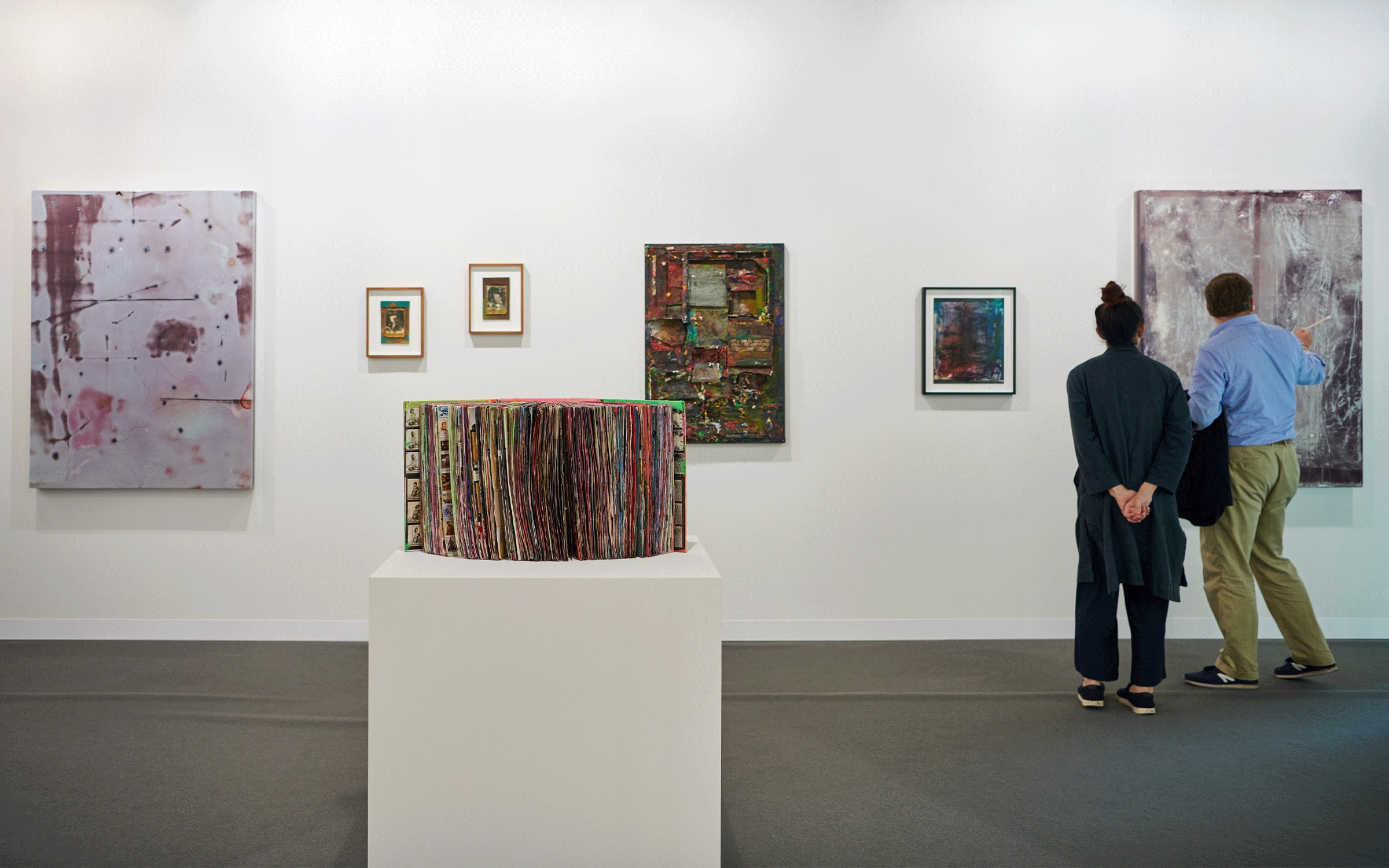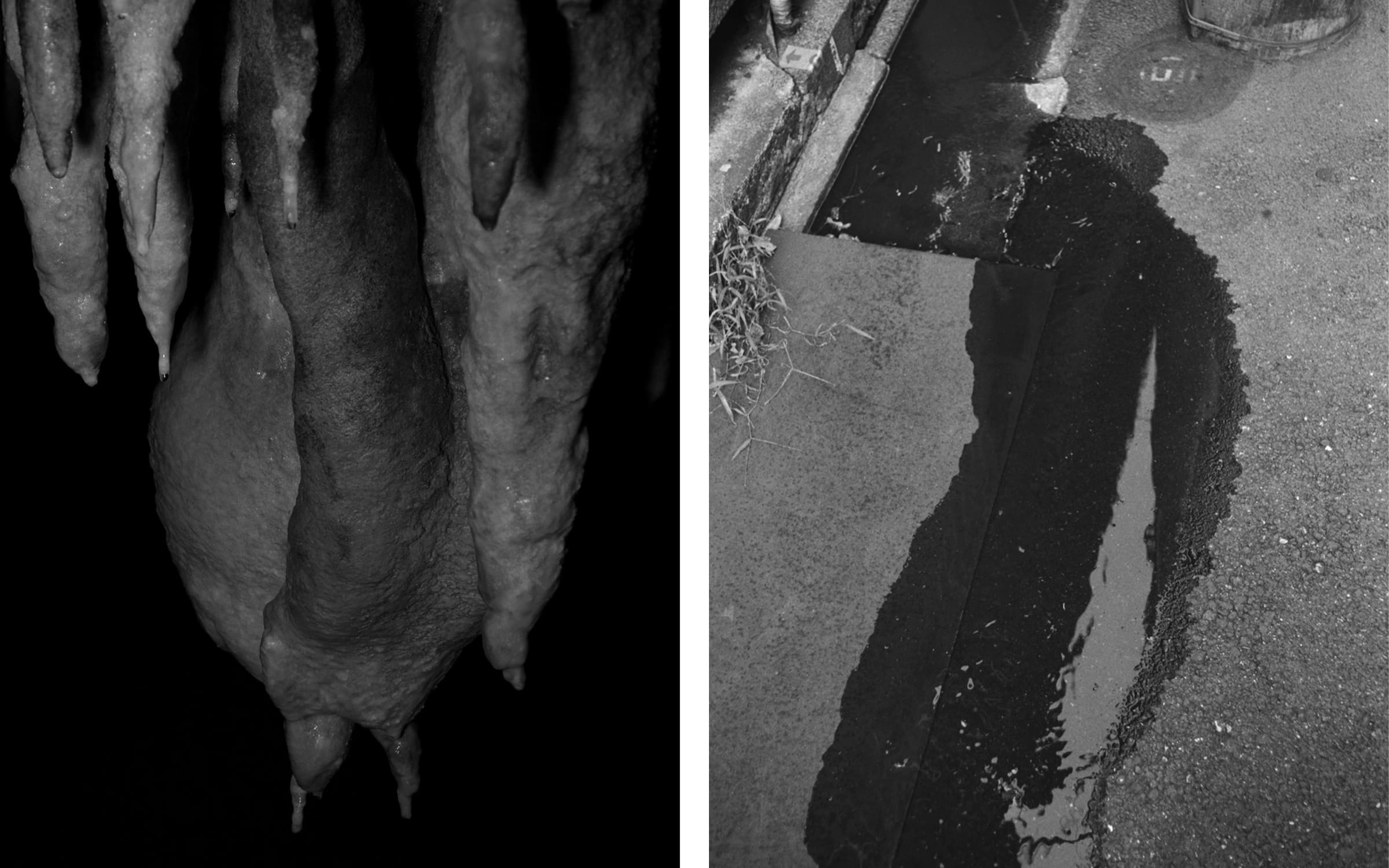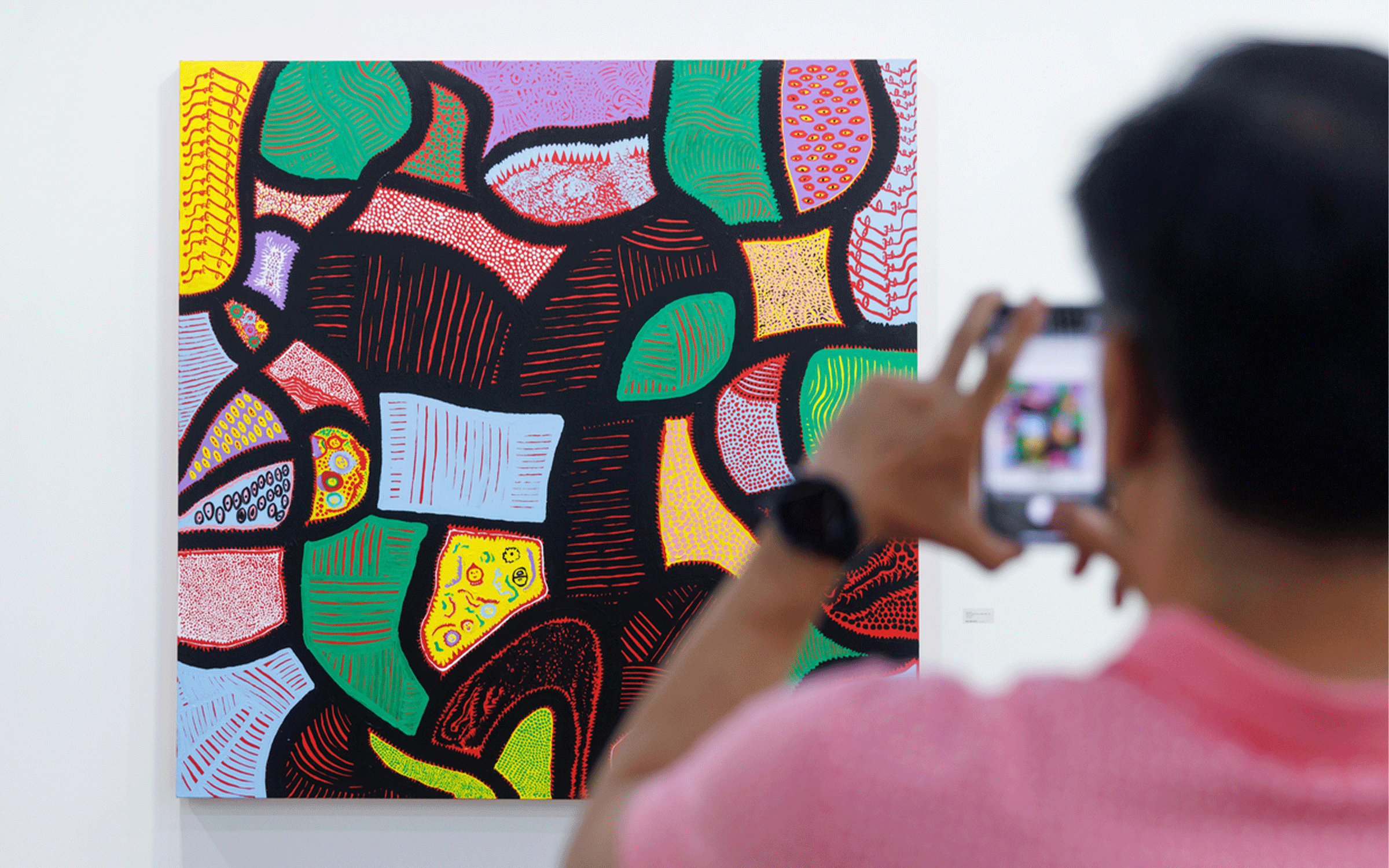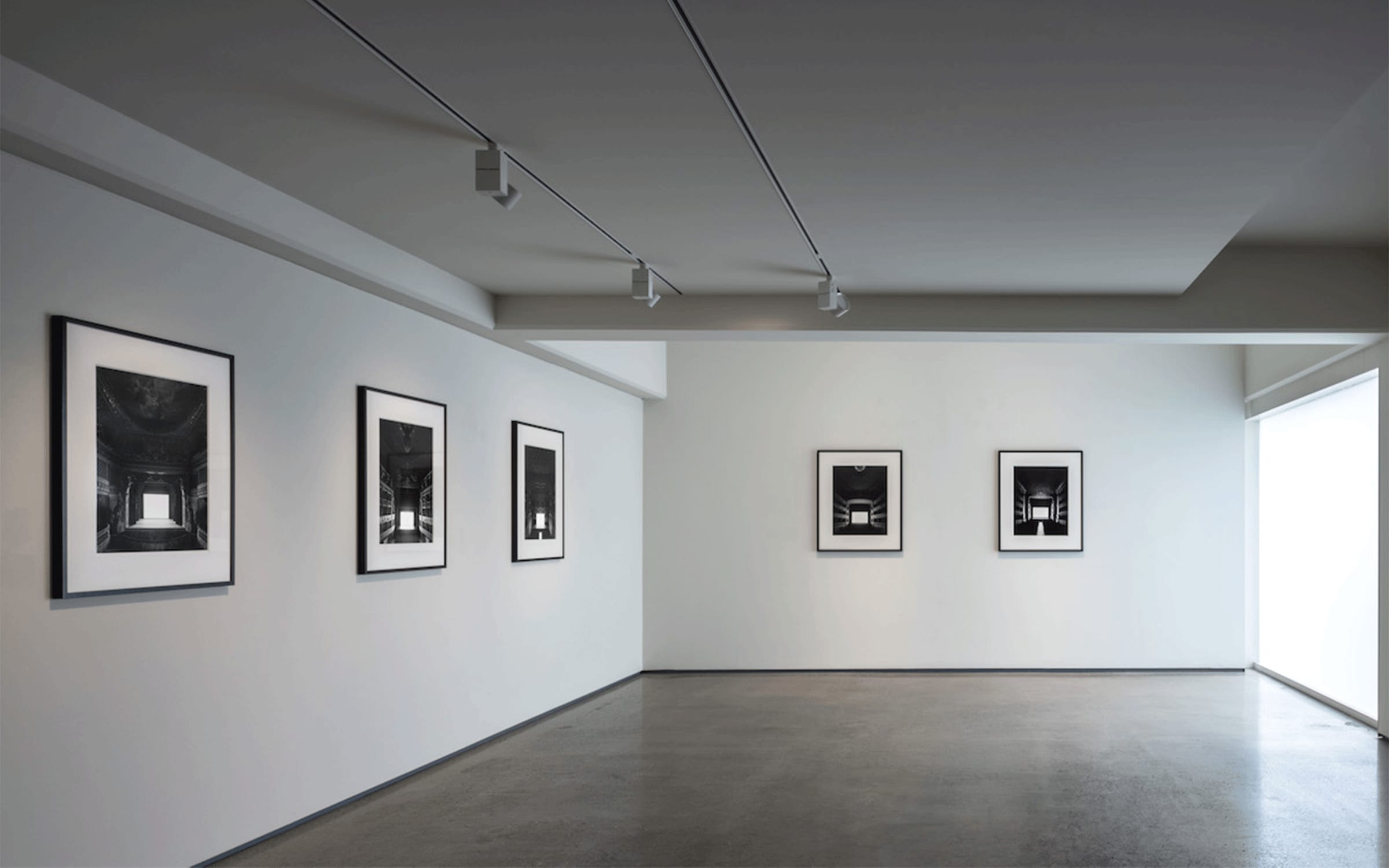Since as early as the past summer, collectors and curators from across Europe and Asia have been talking about Art Week Tokyo (AWT). ‘I’ve been travelling a fair bit and everybody I bumped into in Basel, Paris, and Seoul seemed to be saying they were coming to Tokyo,’ says gallerist Jeffrey Rosen, who is based in the city. Veteran gallerist Taka Ishii had similar encounters in London and Paris: ‘I was surprised. It’s so far away but people are eager to come to Tokyo. Now that Japan has opened its borders, this gives them a reason.’
While international visitors have long flocked to the country for major art events such as the Aichi Triennale, Setouchi Triennale, and the Okayama Art Summit, they tend to overlook the capital. ‘There has never really been any one time when people from around the region and beyond would gather in Tokyo to share experiences and exchange ideas,’ says Atsuko Ninagawa, founding director of AWT and director of Take Ninagawa gallery. She hopes AWT will change the equation, with 51 galleries, museums, and experimental art spaces across Tokyo opening their doors for visitors to experience a network of exhibitions and events across four days.

While the soft-launch edition of AWT last year was a largely local affair due to COVID-19 travel restrictions, this year’s event has a more international bent. Alongside major museum shows and gallery exhibitions – connected by special bus routes – there is a new video program curated by Adam Szymczyk, curator-at-large at the Stedelijk Museum in Amsterdam. Grouped under the theme of ‘Working, Crawling’, it features 17 single-channel videos by Japanese and international artists which will be screened in an office tower in the Marunouchi business district. There will also be a pop-up bar in the upscale neighborhood Minami-Aoyama designed by emerging architect Motosuke Mandai, where cocktails created by exhibiting artists will be served.
Known for its eclectic art scene, Tokyo’s art spaces are spread across multiple districts, including better known clusters such as Ginza and Roppongi, as well as up-and-coming areas like the industrial waterfront area, Tennozu. ‘Navigating the sprawling and dispersed Tokyo art scene has always been a challenge even for locals,’ admits Ninagawa but the hope is that AWT will make it more accessible.
Over the course of the weekend, various pockets of the city will come alive with openings, dinners, and studio visits not unlike the activity that often surrounds an international art fair. ‘Given this is not a fair, though, it has the opportunity to be a situation which is even more rewarding,’ says Rosen, who explains that during fairs a city’s gallery scene tends to be peripheral rather than the main focus. He says several spaces, including his own, Misako & Rosen, will be showcasing some of their most significant artists. Located in the residential neighborhood of Otsuka, they are showing historic works by Dutch painter Daan van Golden, who lived in Japan in the 1960s and is known for his paintings which draw upon Japanese fabrics and wallpaper design.
Meanwhile, in Roppongi, local gallerist Yumiko Chiba will be inaugurating her new space, Yumiko Chiba Associates, with an impressive two-person show featuring photographer Ryudai Takano and multi-disciplinary artist Chikako Yamashiro. Takano’s haunting silver gelatin prints of his shadow will be paired with Yamashiro’s visceral photographs of the human body ensconced in limestone caves. Chiba describes them as ‘iconic artists who have both turned a keen eye toward the society we currently live in while also recognizing their place in Japan’s history.’

Around the corner, Taka Ishii Gallery, which is located in the three-story art hub Complex 665, will be showing an intricate installation with stop-motion animations by Takashi Ishida. They will also be holding an event for collectors to meet Japanese artist Tomoo Gokita, known for his moody, black-and-white figurative paintings. Ishii sees this year’s edition of AWT as a platform through which local artists can gain more exposure. ‘I think a lot of foreign curators and gallerists are coming here to research young and historical artists never shown outside Japan,’ he says. ‘A lot of people want to meet artists, visit studios, and also estates.’
Ninagawa echoes this sentiment, explaining that AWT is a chance for visitors and locals to go beyond the obvious and discover the depth and diversity of Tokyo’s vast art scene. She gives the example of Ota Fine Arts, another established Roppongi gallery that often shows works by famed Japanese artist Yayoi Kusama at fairs worldwide. During AWT, the gallery will hold an exhibition of works by experimental ceramic artist Masayasu Mitsuke, which Ninagawa says ‘are in such high demand they are being sold through a lottery system – that’s something people are unlikely to encounter at an art fair.’

At the other end of the spectrum, emerging galleries with limited international exposure such as Leesaya, which opened just three years ago, will be displaying a group of lesser-known artists including Sen Takahashi, who creates striking sculptures featuring decaying carrots.
In recent years there has been a proliferation of young galleries and experimental project spaces in the capital, some of which will be participating in AWT. Artist-run space XYZ collective/The Steak House Doskoi, which is located in the quiet Sugamo neighborhood, will be showing playful sculptures and photographic works by Los Angeles-based artist Naoki Sutter Shudo. On the subject of AWT, codirector of XYZ collective, Futoshi Miyagi, says he likes the idea of travelling within the city. He’s been living in Tokyo for more than 10 years and he still hasn’t seen everything: ‘I feel like the city’s cultural scene keeps expanding and there are still places to explore.’

With the COVID-19 pandemic finally in the rear-view mirror, many see AWT as a welcome opportunity to reconnect with others. Atsuko Koyanagi, founder of Gallery Koyanagi, a pioneering space in Ginza, believes that the event has the potential to revitalize the local art scene. ‘Japanese people are now less anxious about COVID-19 and are more proactive in getting around so we have high expectations for fruitful encounters,’ she explains, referring to both local and visiting audiences. ‘I hope the energy of international collectors will stimulate the curiosity of Tokyo collectors and gallerists.’ On view at her gallery will be photographs from renowned Japanese artist Hiroshi Sugimoto’s cinematic ‘Opera House’ series. For those prepared to make the journey, Sugimoto’s mesmerizing Enoura Observatory, perched over Sagami Bay in Odawara a few hours outside Tokyo, is also a highlight of AWT’s VIP program.
When asked what sets Tokyo apart from other cultural capitals, many in the local art scene struggle to put their finger on it. Despite having lived in Tokyo for more than 20 years, Rosen still can’t answer the question. ‘Only by events like Art Week Tokyo, can we even start to gain an understanding.’
Payal Uttam is an independent writer and editor who divides her time between Hong Kong and Singapore. She contributes to a range of publications including Artsy, The Art Newspaper, South China Morning Post, and The Wall Street Journal.
Captions for full-bleed images:
Daan van Golden, Untitled, 1960-1969. Courtesy of the artist and Misako & Rosen Gallery.
Daan van Golden, untitled (series of 5), 2011. Courtesy of the artist and Misako & Rosen Gallery.
Details of one the artworks exhibited at Yumiko Chiba Associates’ booth, Art Basel Hong Kong 2021.
Art Week Tokyo is organized by Japan Contemporary Art Platform in collaboration with Art Basel. It is co-organized by the Tokyo Metropolitan Government and the Art Week Tokyo Mobile Project Organizing Committee, with support from the Agency for Cultural Affairs, Japan.